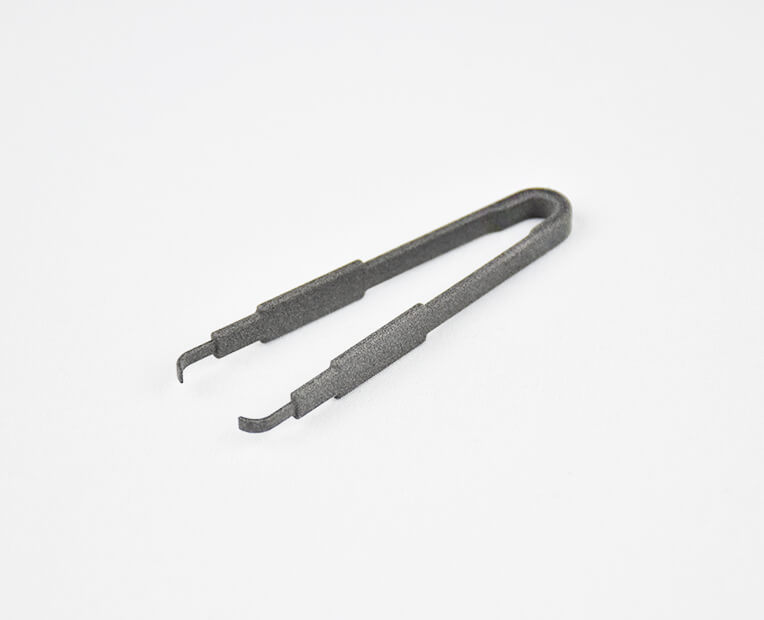Healthcare professionals may utilize rapid manufacturing to create personalized prosthetics, drug delivery systems and surgical instruments. 3D printing medical equipment is essential in improving the quality of services in speciality care medical branches, such as orthopaedics, oncology, paediatrics and radiology.
Medical equipment is a crucial component of healthcare, and rapid manufacturing has the potential to transform the way establishments produce and distribute this equipment. The technique enables manufacturers to develop and output medical equipment rapidly and efficiently. The best-case scenario is during the COVID-19 pandemic when entities used additive fabrication to produce various medical equipment, including face masks, face shields and ventilator components.
Medical 3D printing streamlines the attributes and accessibility of healthcare tools, promoting better patient outcomes and improved healthcare services. The process reduces production costs, making it more affordable. It also minimizes waste by letting manufacturers produce the exact amount of equipment required.
In this article, we will explore the various aspects of additive manufacturing in the healthcare sector.


 Connect with Google
Connect with Google Connect with Facebook
Connect with Facebook

